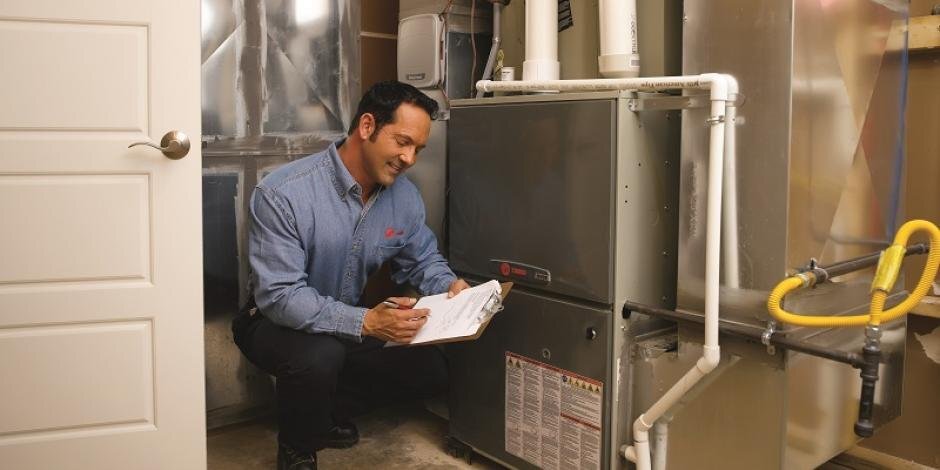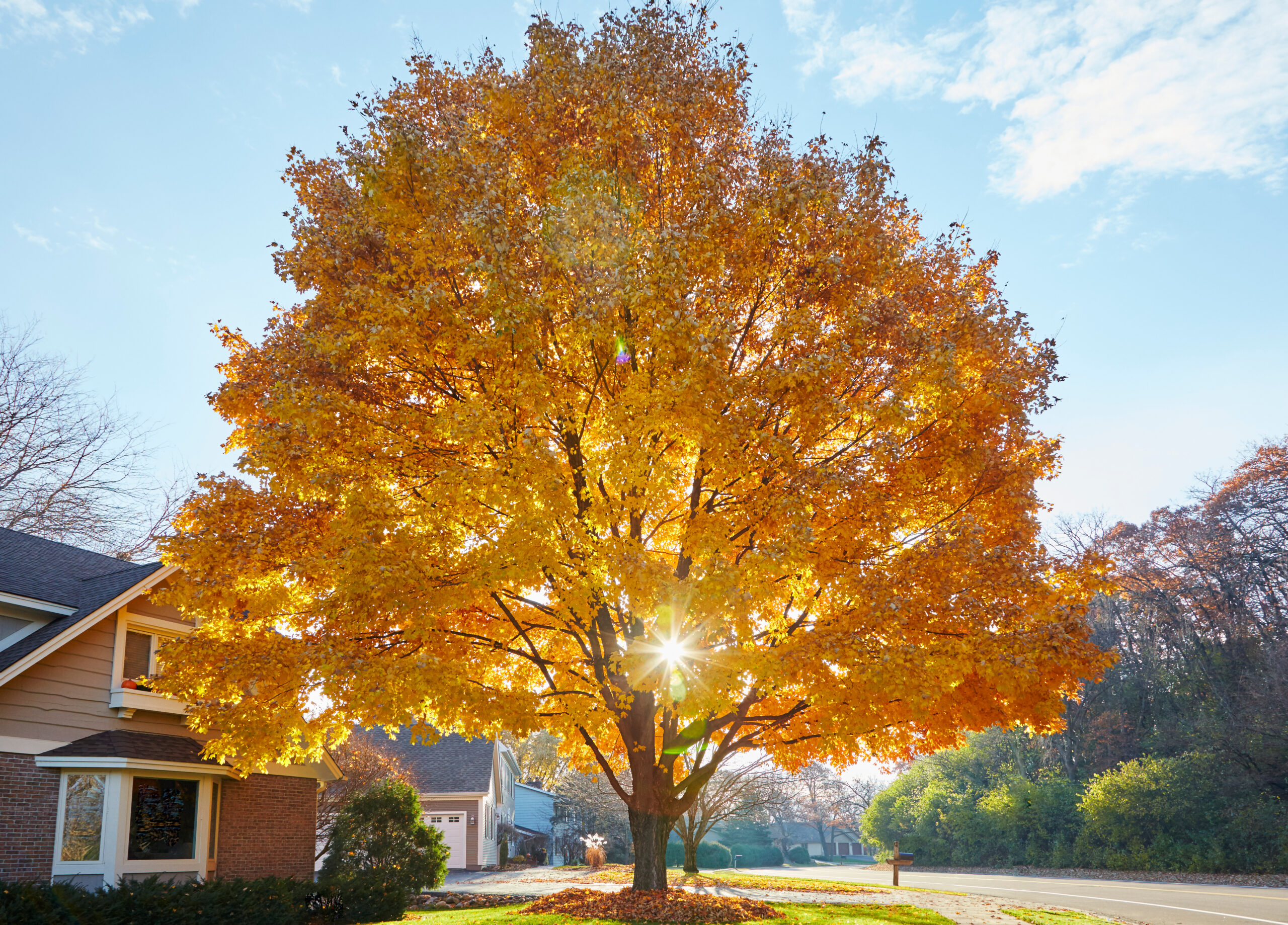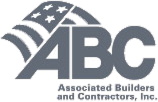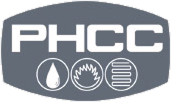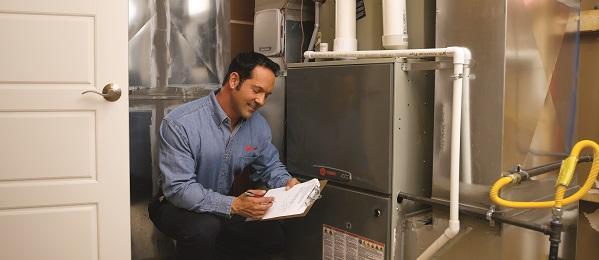
Before deep cold arrives, handle filtration, humidity, ventilation, safety, and controls. This simple cold weather HVAC checklist improves indoor air quality (IAQ), reduces dry-air discomfort, and helps your system start clean. If you want data—not guesses—start with a room-by-room IAQ evaluation and safety check.
Filters: choose a MERV your system can actually handle
- Replace or wash filters now; set a reminder for 30–90 days (or per manufacturer).
- Aim for MERV 8–13 where the blower and duct static allow; higher isn’t better if it starves airflow. We test static pressure and recommend a filter that fits your equipment.
Pro tip: If dust builds quickly, you may have return leaks pulling attic/basement air. Sealing returns can improve IAQ and comfort.
Humidity: keep it around 30–50% in winter
- Dry air worsens static and throat irritation; high humidity risks condensation and dust mites.
- Use a reliable hygrometer; adjust whole-home humidifier/dehumidifier setpoints as weather swings.
Safety note: Whole-home humidifiers need clean water panels and correct drain/overflow settings to avoid mold or leaks.
Ventilation: move stale air out and bring fresh air in (the right way)
- Test bath and kitchen fans: each should move air outdoors (not into the attic).
- If you have a fresh-air intake or ERV/HRV, confirm filters are clean and controls are scheduled for colder months.
Local detail: Older Princeton Junction-area homes with knee-wall attics often have bath fans venting into the roof space—fix this to protect IAQ and insulation performance.
Safety: CO alarms + combustion & venting check
- Test CO alarms on every floor; replace batteries and out-of-date units.
- Have a pro inspect furnace/boiler heat exchangers, venting, and safeties before heavy runtime.
Quick add-ons: Verify your gas dryer and water heater vent properly; look for rusted vent pipes, backdrafting, or melted plastic at termination points.
Airflow & ducts: quiet is good—measured is better
- We measure static pressure to catch blockages, undersized returns, or clogged coils.
- Seal obvious duct leaks at joints and boots; balance dampers to calm hot-and-cold rooms.
Clean the surfaces that actually affect air
- Vacuum supply/return grilles and wipe the thermostat sensor area.
- If you use portable purifiers, replace filters on schedule and size them to the room.
Controls: set up “winter mode”
- Thermostat: set a steady schedule; avoid rapid swings that dry the air and waste energy.
- Heat pumps: confirm defrost and balance-point settings; furnaces: verify blower profiles after filter changes.
Bonus IAQ wins before the first freeze
- Door sweeps and weather-stripping to block entryway drafts.
- Entry-mat strategy (inside/outside) to trap particulates.
- Plan a filter delivery subscription so you never forget replacements.
What our IAQ evaluation includes (and why it matters)
- Whole-home walkthrough with airflow/static tests, CO/combustion checks, and filter/duct review.
- Humidity and temperature scan; spot-checks on bath/kitchen ventilation.
- Written plan prioritizing IAQ + comfort + safety before deep winter.
Bottom line: You breathe easier, and your system runs smoother.
Get Ahead of Winter, Not Buried Under It
A little prep now means a warmer, healthier, and way less stressful winter later. From clean filters and balanced humidity to safe venting and steady airflow, every small task on this list helps your system run smoother and your home feel more comfortable once the cold settles in.
If you’d rather skip the trial and error, schedule a room-by-room indoor air quality and safety evaluation with Princeton Air. We’ll test, tune, and fine-tune your system so it’s ready for whatever New Jersey winter throws your way—quiet, efficient, and built to breathe easy. Appointments fill up quickly as temperatures drop, so be sure to choose a service window that fits your schedule soon!
Winter’s coming whether you’re ready or not—make sure your HVAC system is. Call Princeton Air today!
Frequently Asked Questions
Which MERV filter should I use?
Choose the highest MERV your system can handle without high static pressure—often MERV 8–13 for residential systems. We test and size filters so airflow stays healthy.
What’s a good winter humidity range?
About 30–50%. Lower gets uncomfortably dry; higher risks condensation and allergens. We’ll check setpoints and drains on whole-home units.
Do I really need CO alarms?
Yes—test monthly and replace expired units. A professional combustion/venting check adds another layer of safety.
What’s included in an IAQ evaluation?
Filter/duct review, airflow/static tests, ventilation and humidity checks, and a combustion/CO safety screen—plus a written action plan.
